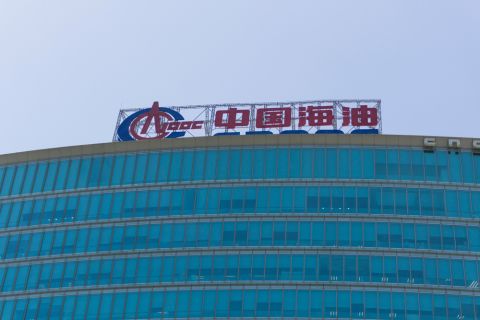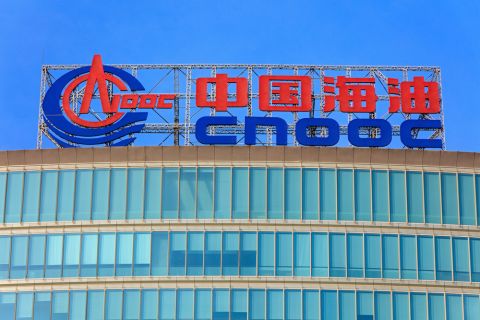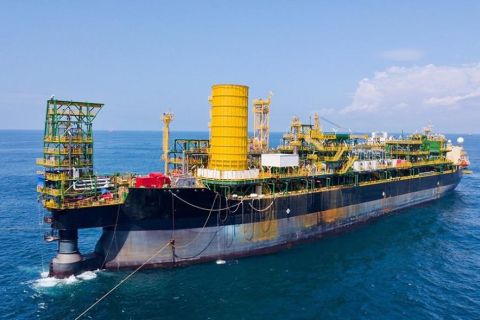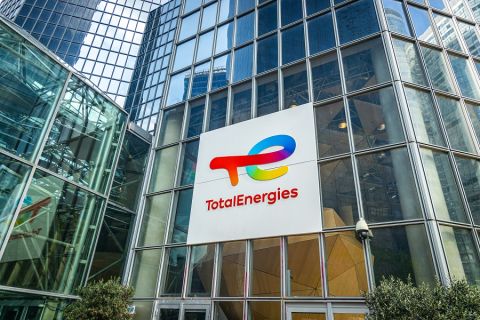Hart Energy:
How do you view technology? What does technology mean to you?
Jennifer Presley:
Technology is a tool that enables a technique or a skill. From our earliest days equipped with stone axes and hammers, humans developed the tools necessary to survive in extreme environments. Through extensive adaptation and modification our oil and gas toolboxes now have a level of sophistication that have made all kinds of things possible. For example, we can now drill and complete a horizontal well with a lateral that is three or more miles in length. We can produce oil from thousands of feet below the seafloor to a floating platform that's thousands of feet above the surface. Thousands of feet above on the surface. The challenge though is keeping up with the pace of those advances in technology. So often we tend to think of digital when it comes to technology but it is so much more than that. A pillow is a tool that enables a restful sleep. So too is a wrench that tightens a nut on a bolt.
Hart Energy:
We hear so much about the digital transformation underway in the industry. Is it making an impact?
Jennifer Presley:
Absolutely. Thanks in part to that rapid pace of technology advances, there is no shortage of data in the industry. When working with those data sifting through the million points of information and then seeing patterns of interest or concern. That's only possible with high-speed computing. The cloud, artificial intelligence and more. Focused digital transformation initiatives in oil and gas could lock somewhere in the neighborhood of $1.6 trillion of value according to one world economic forum estimate. Of that, as much as $600 billion could be realized by upstream companies with improvements in productivity water usage emissions reductions and more being a result. That transformation is only going to accelerate. There's no slowing it down. The global digital transformation market in the oil and gas space is poised to grow by more than $33 billion during 2019 to 2023 according to the Technavio's survey. This market is being driven by a growing need for advanced exploration technologies and implementation of mobility solutions and the sky's the limit.
Hart Energy:
You mention water and emissions, which takes us to another trend, which is the growing focus on the environment and sustainability. How are you seeing industry respond with technology?
Jennifer Presley:
As I look across the space what I am seeing more and more is that we're getting better about doing more with what is at hand. For example, the use of field or associated gas to power operations helps reduce diesel fuel costs, as well as flare gas emissions. The same principle of using fill gas to the power operations is now being used in the digital space. It's used to mine Bitcoin. There's a company out of Denver that converts excess gas that would have been flared into electricity to power its data centers that are installed at the wellsite to power the Bitcoin mining operations if you will, to generate the revenue. There is even a flared gas use in water management now. In addition to the advances made in improving the treatment, reuse, transport and disposal of oilfield water, there is a new system that burns excess gas to evaporate flowback and produced water at the wellsite. This system is helping operators to meet their flaring reduction goals while also simplifying their water management at the wellsite.
Top technology articles in 2019:
- EOG Boosts Production With EOR Program In Eagle Ford
- Permian AI To Unlock Additional Resources In Already Prolific Basin
- Emerging Tech: Seismic In The Cloud
- Schlumberger, Dataiku Partner To Enable Enterprise-Scale Artificial Intelligence In E&P
- Endeavor Energy To Unite 10 Permian Divisions On IFS Applications
- Found Oil
- E-fracs, Refracs And The Role Of Digital Technologies
- Tech Trends
- Fuel Cell Technology Makes Way For Subsea Supercharger
Recommended Reading
CNOOC Makes 100 MMton Oilfield Discovery in Bohai Sea
2024-03-18 - CNOOC said the Qinhuangdao 27-3 oilfield has been tested to produce approximately 742 bbl/d of oil from a single well.
CNOOC Finds Light Crude at Kaiping South Field
2024-03-07 - The deepwater Kaiping South Field in the South China Sea holds at least 100 MMtons of oil equivalent.
Eni Finds 2nd Largest Discovery Offshore Côte d’Ivoire
2024-03-08 - Deepwater Calao Field’s potential resources are estimated at between 1 Bboe and 1.5 Bboe.
Cronos Appraisal Confirms Discovery Offshore Cyprus
2024-02-15 - Eni-operated block partner TotalEnergies says appraisal confirms the presence of significant resources and production potential in the block.
Sangomar FPSO Arrives Offshore Senegal
2024-02-13 - Woodside’s Sangomar Field on track to start production in mid-2024.





